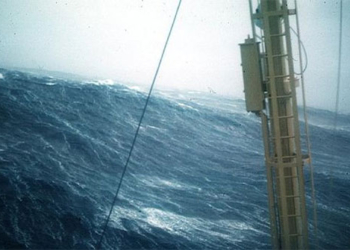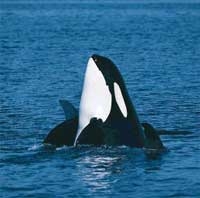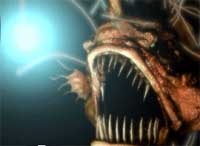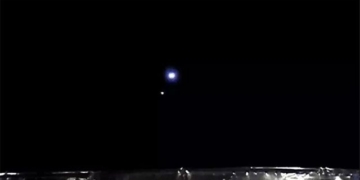According to the Earth Institute at Columbia University, scientists know more about outer space than what lies beneath the oceans on our planet. Therefore, there are still many mysterious creatures under the sea that are no less intriguing than what we imagine about extraterrestrial life.
The Weirdest Sea Creatures in the World
- 26. Jawfish
- 27. Vigtorniella Worm
- 28. Goblin Shark
- 29. Horrific Lobster
- 30. Pycnogonid Sea Spider
- 31. Whitemargin Stargazer
- 32. Dumbo Octopus
- 33. Arctic Hydromedusa
- 34. Obese Dragonfish
- 35. Hydrothermal Vent Snail
- 36. Red-Spotted Blenny
- 37. Japanese Spider Crab
- 38. Fringehead
- 39. Porcupine Pufferfish
- 40. Carpet Shark
- 41. Lysianassoid Amphipod
- 42. Sea Pen
- 43. Metapseudes
- 44. Venus Flytrap Sea Anemone
- 45. Tunicate
- 46. Thornback Cowfish
- 47. Atlantic Wolffish
- 48. Sea Pig
- 49. Sunfish
- 50. Black Swallower
Researchers from Dalhousie University in Nova Scotia, Canada believe that 91% of marine species remain unknown. Among the 235,000 species we do know, many have adapted to their environments with camouflage, bioluminescence, and unique mating habits—resulting in some having unique appearances, while others have faces that “only their mothers could love.”
Here is the next list of the 50 strangest marine creatures.
26. Jawfish
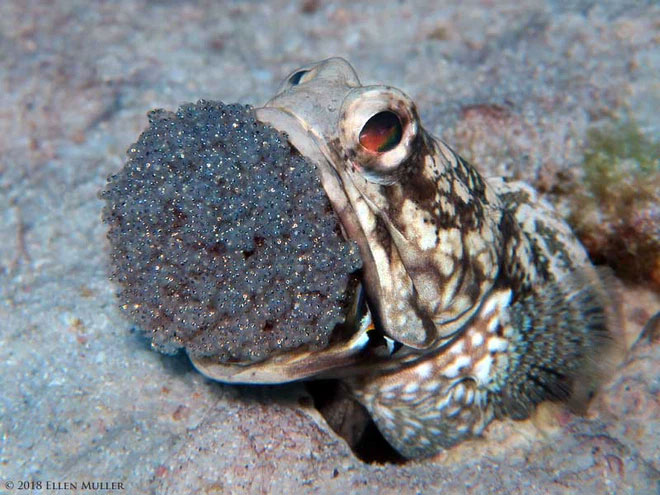
This fish appears to be vomiting, but what you see is actually the strange mating process of the jawfish, a species native to the coral reefs of the Caribbean Sea and the western Atlantic. Besides using their jaws to scoop sand, males also use their large mouths to carry eggs until they hatch. At other times, their mouths resemble weapons, used in fights.
27. Vigtorniella Worm
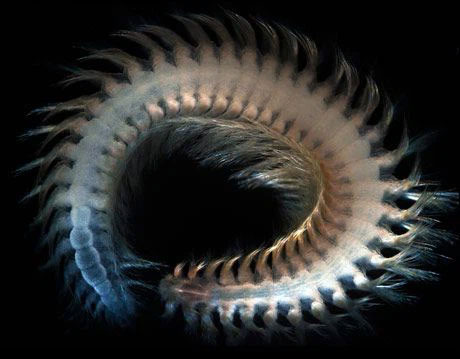
When a whale dies and its carcass sinks to the ocean floor, it becomes a feast for this newly discovered Vigtorniella worm, found at depths of about 800 meters in Sagami Bay, Japan.
28. Goblin Shark
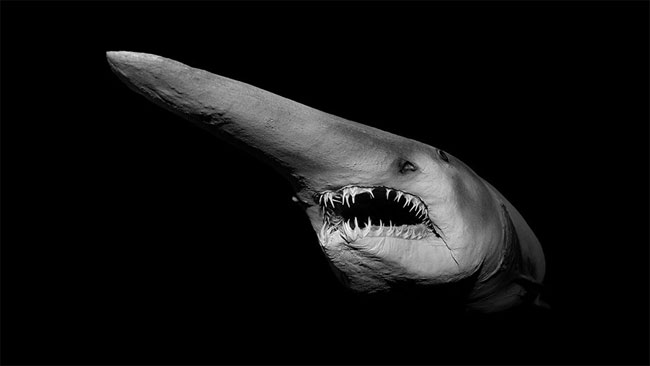
The Goblin Shark has an extremely scary appearance. This super rare creature can grow up to 4.5 meters long and is capable of thrusting its entire jaw outward to catch prey. Fewer than 50 Goblin Sharks have been discovered since 1898, so if you hope to see one in person, the chances are very slim.
29. Horrific Lobster
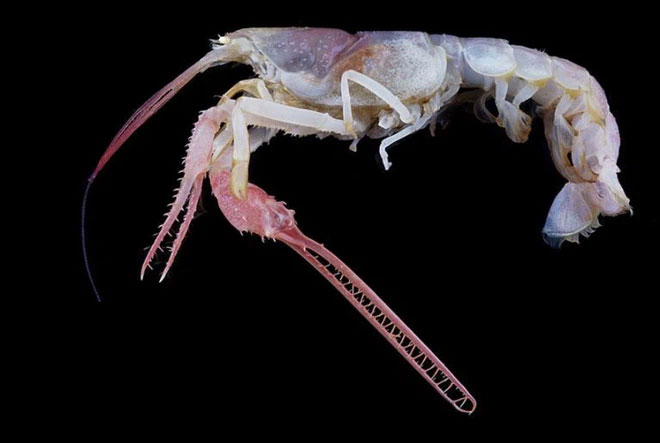
Scientifically named Dinochelus ausubeli for its terrifying claws, which is derived from the Greek word “dinos” meaning “terrifying” and “chela” meaning “claw.” This lobster species is blind and is among a very small list of relatives in the genus Thaumastochelopsis.
30. Pycnogonid Sea Spider
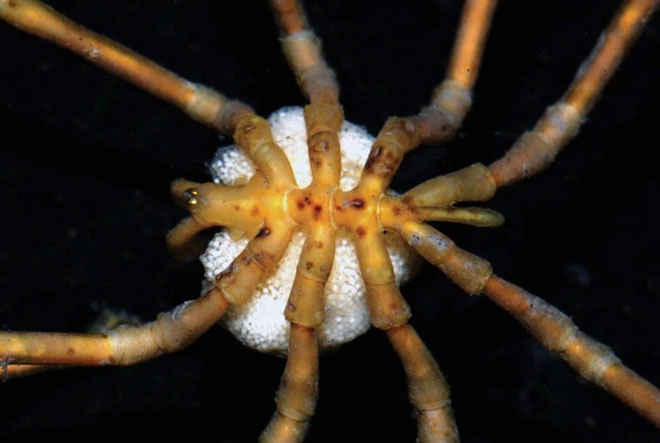
Found in Antarctica, along with walruses and sea dragons, male pycnogonid spiders carry the eggs and care for the young. They have virtually no abdomen but possess legs that can reach about 25 cm in length, comparable to some of the largest land spiders, such as the Goliath tarantula in South America.
Although “sea spiders” are not true spiders, or even classified as arachnids, they belong to the class Chelicerata, which is believed to be closer to spiders than other well-known arthropod groups, such as insects or crustaceans. However, this remains a topic of debate.
31. Whitemargin Stargazer
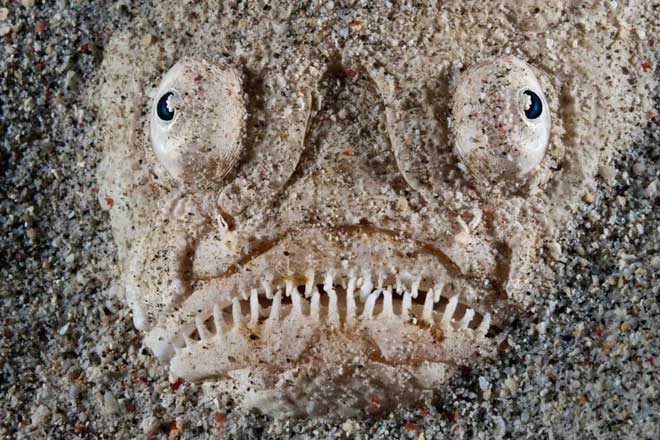
Perhaps the only fish that can compete with the blobfish for the title of the ugliest creature underwater, the Whitemargin Stargazer is a predatory species that uses venomous spines with grooves above its pectoral fins to sting its prey.
As if that wasn’t enough, the stargazer also possesses electric organs, housed in a special pouch behind its eyes, allowing it to stun prey with an intensity of up to 50 volts. The stargazer spends most of its time buried in the sand, with only its bulging eyes poking up towards the surface, as if gazing at the stars, hence its name.
32. Dumbo Octopus
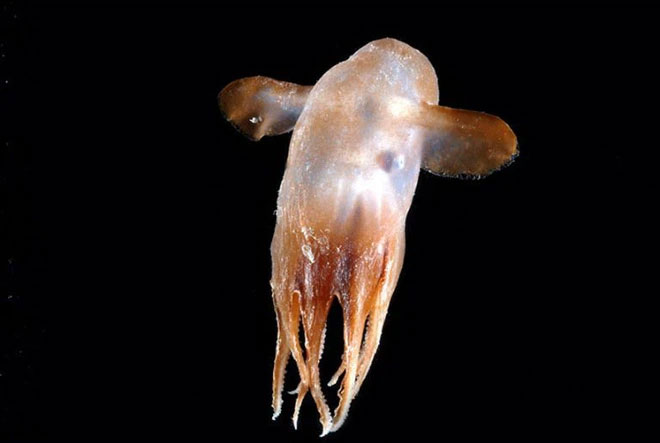
This Grimpoteuthis octopus, found in the Mid-Atlantic Ridge, is affectionately called Dumbo, after the famous cartoon elephant with large ears, due to the way it flaps its fins like its oversized ears to swim. The Dumbo octopus is known to be the deepest living of all octopus species, as they inhabit depths of at least 4,000 meters, but often live even deeper. Because these octopuses are extremely rare, they have developed unique reproductive habits to increase their chances of offspring. For example, females carry eggs at different stages of development and can even store sperm inside their bodies for a long time after mating.
33. Arctic Hydromedusa
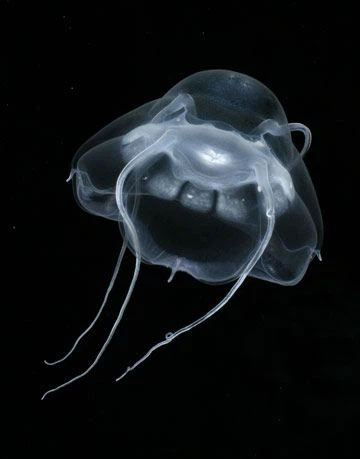
This jellyfish species, scientifically known as Bathykorus bouilloni, is often found in the deep waters of the Arctic, around 1000 meters deep. The hydromedusae group is vast; in fact, they form the largest group of cnidarians in the sea. However, measuring only a few millimeters to several centimeters when fully developed, they are much smaller than typical jellyfish. But what really sets them apart from regular jellyfish is their reproductive system: Hydromedusae produce both sperm and eggs outside their bodies, beneath their bell.
34. Obese Dragonfish
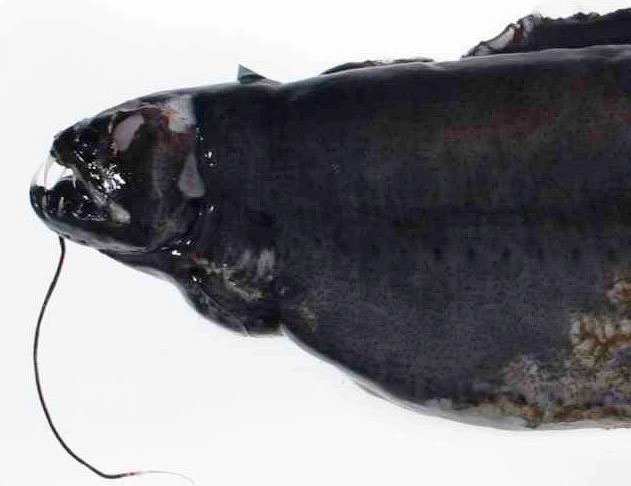
You shouldn’t “body shame” others, but seriously, the Obese Dragonfish definitely would not be offended by its name; there is nothing shameful about being one of the largest species in the family Melanostomiidae. According to the Australian Museum, these deep-sea creatures have smooth, black, scaleless bodies, large fang-like teeth, along with a long jaw and a series of photophores that emit light along their bodies and behind both eyes. Mostly, they inhabit the waters surrounding Australia but can also be found in the Atlantic, Indian, and Pacific Oceans.
35. Hydrothermal Vent Snail
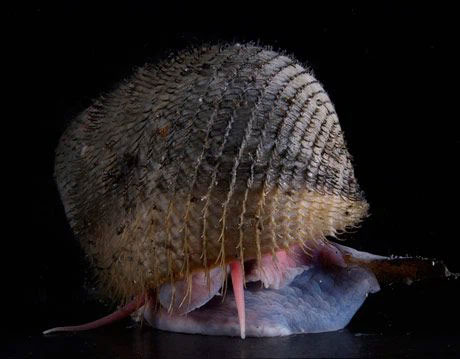
A species of snail living at hydrothermal vents, this snail, scientifically named Alviniconcha, was found at the hydrothermal vents of the Suiyo Seamount near Tokyo. This is the only specimen of this type ever discovered.
36. Red-Spotted Blenny
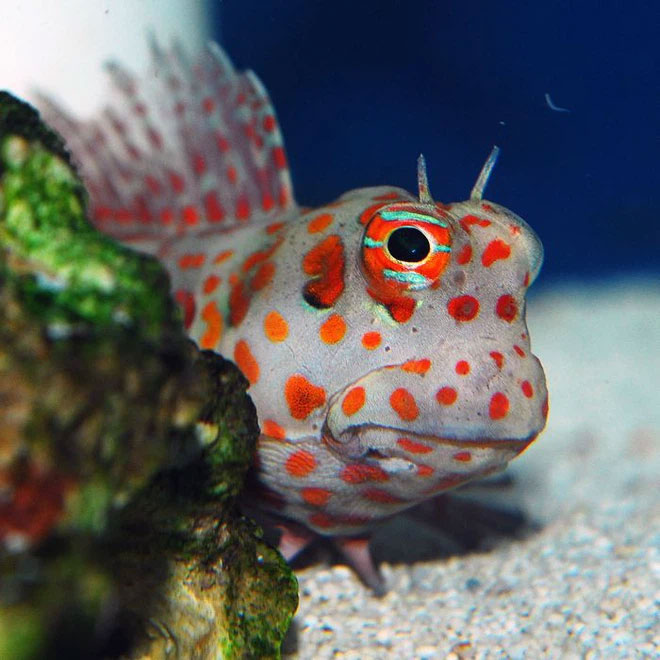
These algae-eating fish generally live peacefully with other species, but when it comes to other members of their own species—or at least those that are not their mates—Red-Spotted Blennies can become aggressive. Sometimes they bite or attack nearby Red-Spotted Blennies; they even occasionally nibble on coral and clams. Their native habitat is along the coral reefs of the Pacific and Indian Oceans.
37. Japanese Spider Crab
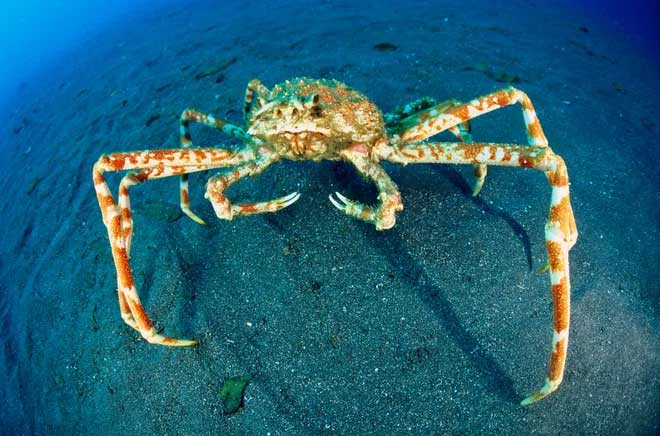
These giant crabs, as their name suggests, originate from Japan and are considered a delicacy throughout the country. These crabs can grow up to 3.5 meters long and are not picky eaters. In fact, the Japanese spider crab is known to prefer consuming the remains of other marine animals, which means they do not have to expend energy hunting anything themselves.
38. Fringehead Fish
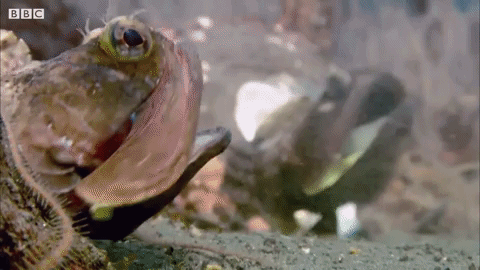
The normal face of this fish looks quite peculiar, but when it detects prey, its face quickly “distorts.” When the prey is just a few inches away, it opens its mouth wide, resembling a monster charging forward, and it does this to protect its territory. They can grow up to 30 cm long and typically live at depths ranging from 3 to 80 meters.
39. Pufferfish
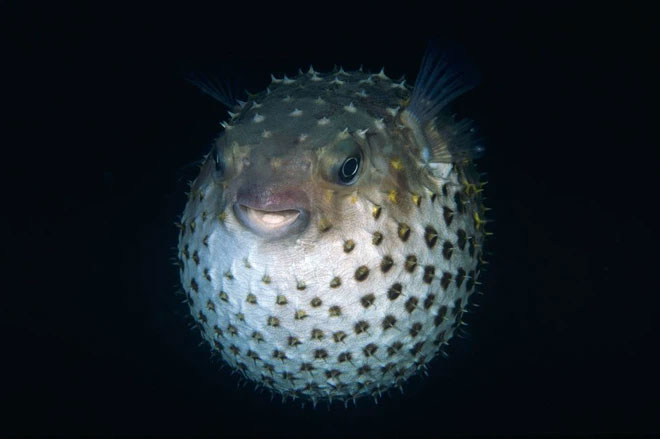
Similar to its cousin, the pufferfish, the hedgehog pufferfish can gulp water to inflate its body into a ball shape when threatened, and it is covered with spines. This is very useful because predators cannot swallow a hedgehog pufferfish when it inflates. Even if a predator tries to gulp it down before it has a chance to inflate, this fish still contains toxins that affect most predatory fish, meaning it is not a tasty meal.
40. Carpet Shark
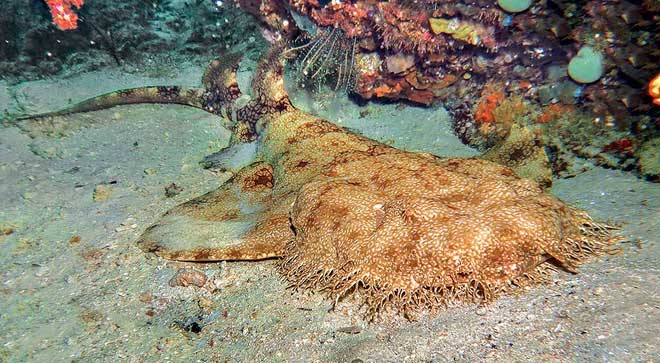
With a flattened body and numerous frills on its face, the carpet shark (Eucrossorhinus dasypogon) often lies motionless on the ocean floor, blending into its surroundings to ambush prey. When potential prey swims close, it strikes with lightning speed.
As practical predators, carpet sharks are willing to catch any prey they encounter, including their own kind. Scientists have often witnessed this gluttonous species swallowing larger animals such as catsharks. This species can reach lengths of up to 1.8 meters and typically inhabits coral reefs in both coastal and offshore waters, from intertidal zones to depths of about 50 meters.
41. Lysianassoid Amphipod
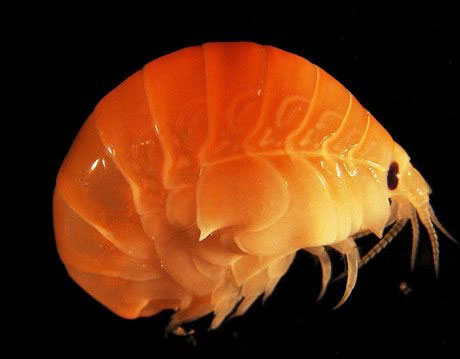
One of many newly discovered amphipod species, the Lysianassoid lives in the waters near Elephant Island in Antarctica. Like other small crustaceans, amphipods are a rich source of food for larger creatures in the deep.
42. Sea Pen
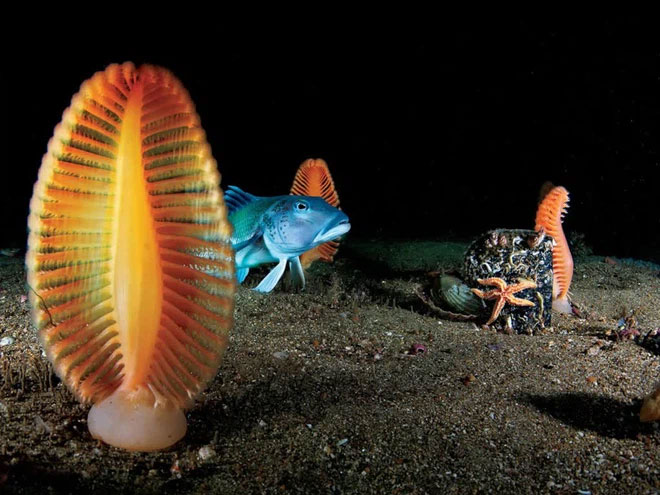
The orange sea pen, Ptilosarcus gurneyi, actually consists of a colony of organisms called polyps, forming a pen-like shape. They can retract into soft sediments. There are over 300 species of sea pens, named for their feather-like appearance. When stimulated, they emit a bioluminescent glow. They can survive in harsh environments, over 600 meters below the ocean surface.
43. Metapseudes
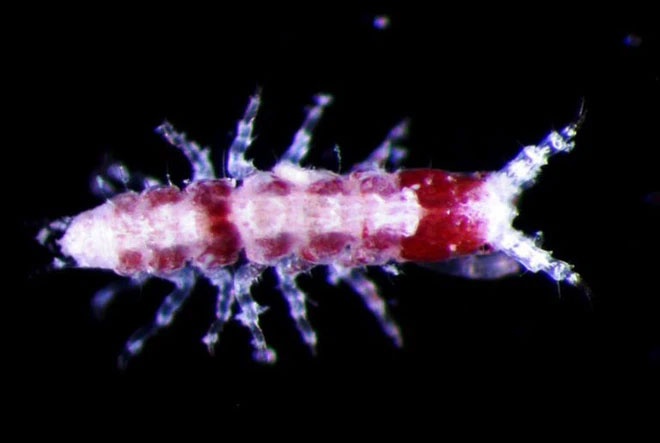
The Metapseudes species was found in coral graveyards in Ningaloo, Western Australia. It is an arthropod, meaning it is related to insects, crustaceans, spiders, scorpions, and centipedes. Scientists still do not know much about this species and are debating whether it is a new type.
44. Venus Flytrap Anemone
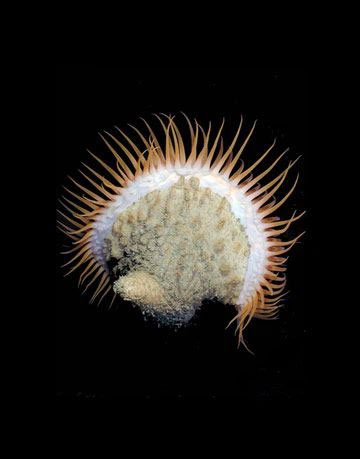
This anemone is considered the “underwater replica” of the Venus flytrap, belonging to the genus Actinoscyphia found in the Gulf of Mexico. This creature closes its tentacles to catch prey or to escape from predators.
45. Tunicate
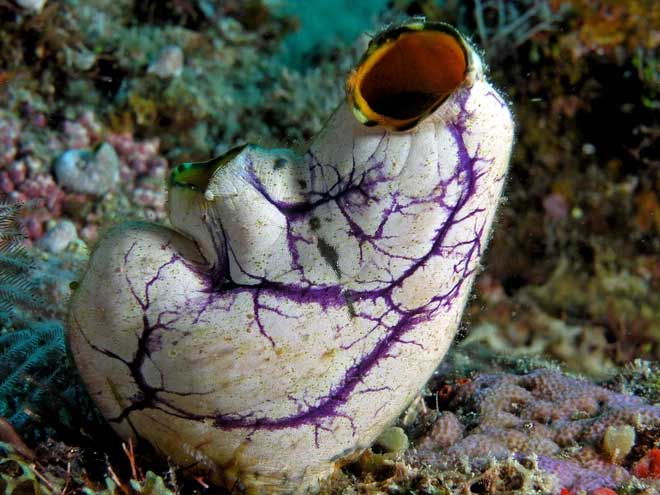
This creature looks like a ghostly plant from planets in science fiction movies. In fact, it is not a plant but an animal, with a very unique way of hunting.
They anchor their entire bodies deep in the ground, waiting for prey to pass by before opening their mouths to swallow it. Thanks to countless stinging threads in their mouths, the prey quickly becomes paralyzed and turns into a delicious meal for them. Additionally, when there are no mates around to breed with, this bizarre creature can self-fertilize to produce the next generation. They typically live at depths greater than 200 meters.
46. Thornback Cowfish
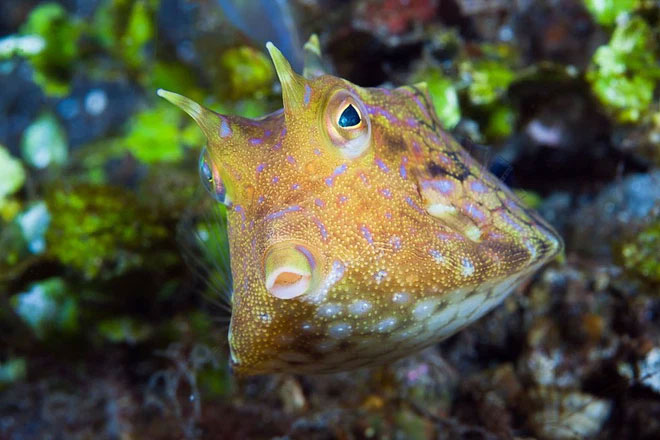
Technically a type of boxfish, this species has horns on its head, but it does not use them to attack. However, in stressful environments—or if it dies—the thornback cowfish can become toxic.
47. Atlantic Wolffish
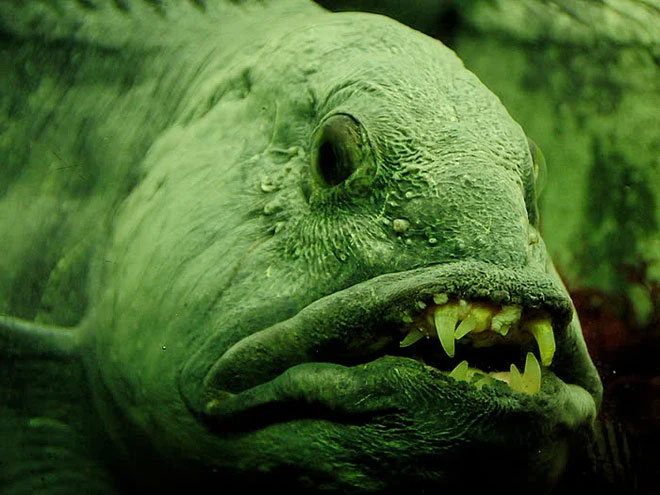
This very strange fish has an elongated body similar to that of a moray eel. It can grow to about 1.5 meters long and weigh 18 kg. Its large head, bulging eyes, thick lips, and prominent fangs give it a somewhat bizarre appearance.
48. Sea Pig
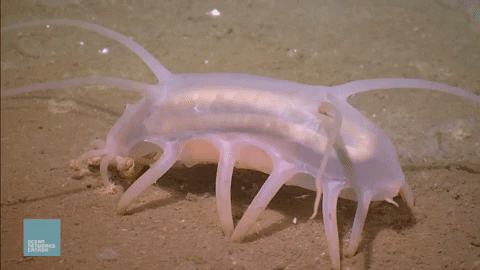
This strange creature lives at depths ranging from 6,000 to 9,500 meters, characterized by its inflated, pale pink, translucent body, seven large legs, and four long dorsal tubercles. This species, scientifically known as Scotoplanes, feeds on sediment from the ocean floor. These creatures are sometimes parasitized by other organisms such as gastropods or crustaceans.
49. Sunfish
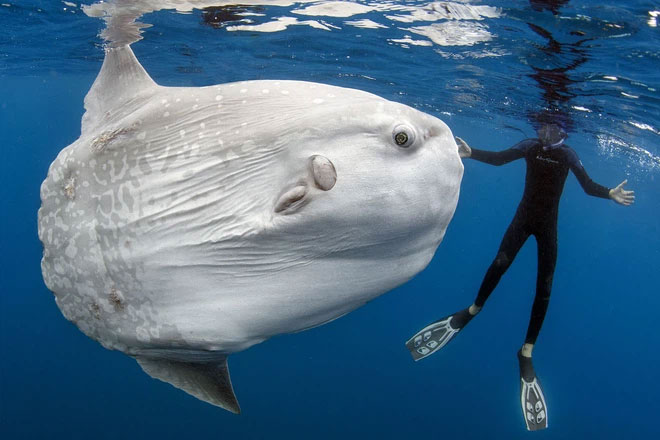
As if taken from a sci-fi comic, this large fish has a head that covers a significant portion of its body. They are very popular with divers and always attract attention. The sunfish, or Mola Mola, averages about one ton in weight and can grow up to 5 meters long. Opinions are divided on its appearance: some consider it beautiful and majestic, while others find it ugly. They are named sunfish because it is believed they sunbathe on the ocean surface, as they are often seen swimming lazily near the water’s surface.
50. Black Swallower
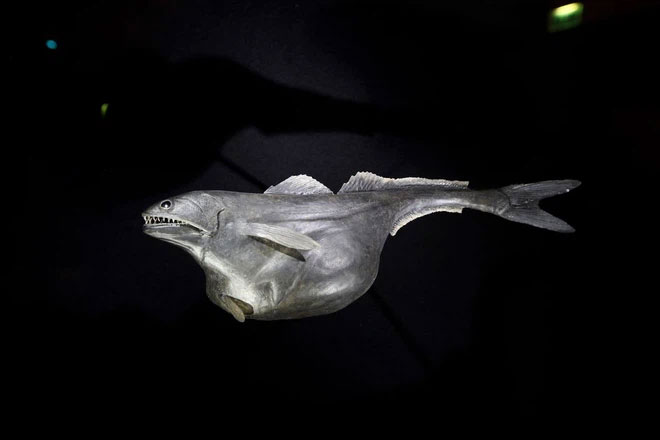
The Black Swallower has the ability to swallow prey much larger than itself thanks to its elongated stomach attached to its belly. This adaptation is particularly useful because the Black Swallower lives in deep waters where food can be very scarce. They have long bodies, are scaleless, and have a uniform brownish-black color. They inhabit depths of 700 to 2,745 meters, with a maximum recorded length of 25 cm.








































